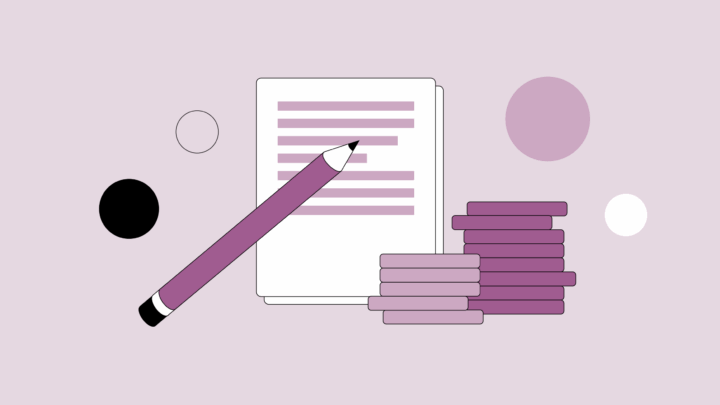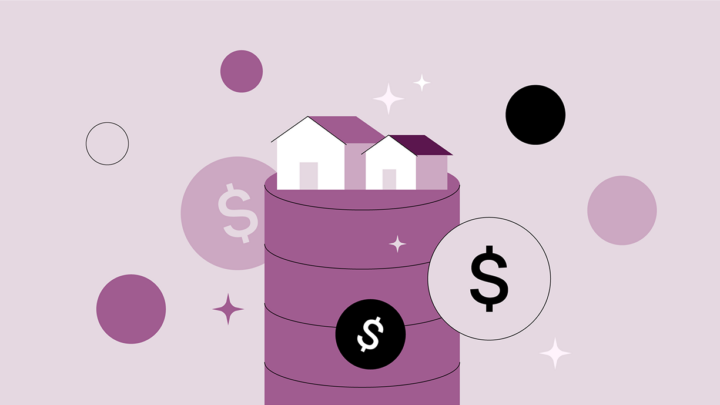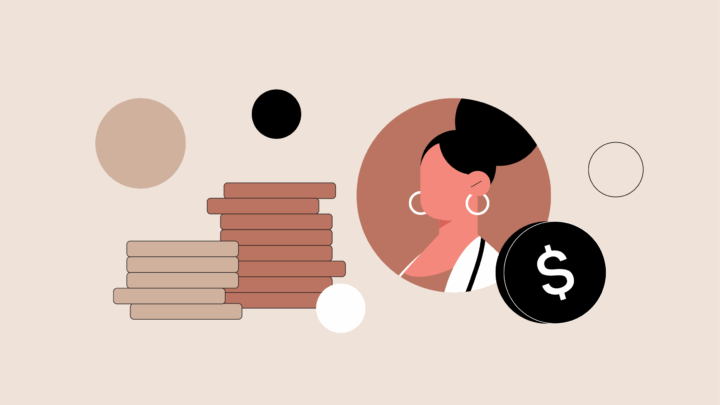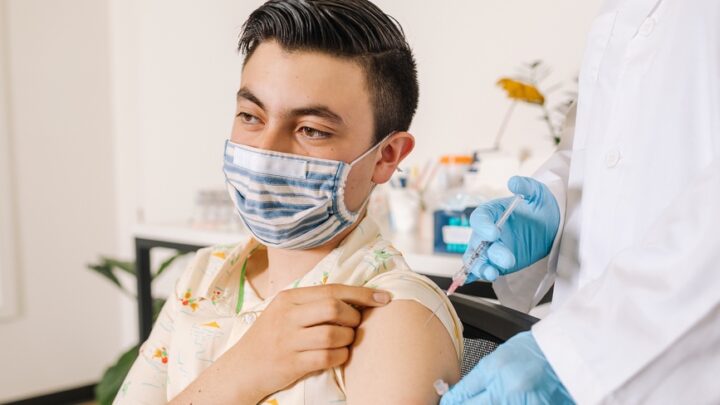
Mortgages for physicians are the most established doctor-specific loan product. Compared to conventional and other physician-tailored financial products, they offer notable provisional differences.
But as one psychiatrist on Sermo cautions, “Be careful. Greedy lenders out there. Student loans are onerous enough. Working extra hours takes you away from home. Debt is stressful. Do your homework.”
Physician mortgage loans have their pros and cons. Before you commit to one, discover their advantages, eligibility criteria, and risks.
This blog is for educational purposes only. Consult a licensed financial professional for personalized advice.
Understanding mortgages for physicians
One physician, an anesthesiologist, writes, “My friends who started working at age 23… They spent maybe two years getting an MBA in a classroom during the day about 12 hours a week—I spent years in residency working 120 hours a week.”
Financial institutions understand the financial implications of medical training and tailor mortgages for physicians accordingly.
Let’s consider how these mortgage products work and their eligibility criteria.
How do mortgage loans for doctors work?
While they function similarly to traditional mortgage loan products, physician mortgage loans contain provisions that cater to doctors’ unique financial positions—particularly those earlier in their careers.
Institutions build these products for physicians with a high debt-to-income ratio and low cash, yet with future earning potential. They achieve this by excluding liabilities, waving private mortgage insurance (PMI) and increasing borrowing limits:
- Excluding liabilities: Conventional mortgage lenders use the debt-to-income (DTI) ratio as a primary indicator of borrowing capacity. About 43% is generally the upper limit for standard mortgage products, although most lenders prefer 35% or lower. Many financial institutions offering physician mortgage loans allow DTIs up to 50%.
- Waiving PMI: PMI protects lenders if borrowers default. Premiums commonly range from approximately 0.58% to 1.86%. Physician mortgage providers often waive PMI completely because they trust physicians to pay the loan back.
- Increasing borrowing limits: Physician mortgages offer higher loan limits than conventional mortgage products. Depending on the lender, borrowers may receive 100% financing up to $1 million. Notably, borrowers may not require employment to qualify—a contract is often sufficient.
One GP on Sermo adds, “Physician mortgage loans can be a great option for doctors—low or no down payment, no PMI and flexible debt-to-income consideration (student loans). But interest rates can be slightly higher. Key tip: compare offers, understand long-term costs and don’t overextend just because approval is easier.”

Who qualifies for physician mortgage loans?
Lenders set varying eligibility criteria for physician mortgage loans.
Most require strong credit scores, educational credentials and employment contracts demonstrating future income. Lenders may also request documentation confirming student loan deferment. Additionally and with exceptions, most lenders insist on a debt-to-income ratio of 45% or less, and require the property to serve as the borrower’s primary residence.
9 key benefits of mortgage loans for physicians
Sermo asked its community of physicians, “What factors influenced your decision to choose a physician mortgage loan over a conventional one?” Over 1,000 responded:
- Low or no down payment requirement: 15%
- No private mortgage insurance (PMI): 9%
- More flexible debt‐to‐income (DTI) ratio requirements: 10%
- Ability to qualify with an employment contract instead of pay stubs: 7%
- Easier approval process despite student loan debt: 8%
- Higher loan amount approval compared to conventional loans: 5%
- Competitive or lower physician home loan interest rates: 10%
- Recommendations from a lender, financial advisor or colleagues: 4%
- Limited savings at the time of purchase: 5%
The remaining 27% either haven’t taken out a physician mortgage loan (26%) or cited “other” (1%).
To add more context, one GP on Sermo says, “Special mortgage loans for doctors offer more flexible rules and lower down payments, making it easier for them to buy a home. These loans often ignore student loan debt when calculating how much you can afford, and you don’t need extra insurance. For example, Fifth Third Bank offers loans up to $2 million with low down payments and no extra fees.”
8 potential disadvantages of mortgage loans for doctors
The benefits of physician-tailored loan products often involve tradeoffs. Sermo asked its community of physicians about their concerns with physician mortgage loans. Here’s what they said:
- High student loan debt affects the approval: 9%
- Higher interest rates compared to conventional loans: 11%
- Limited lender options offering physician mortgages: 11%
- Difficulty understanding the terms and conditions of the loan: 14%
- Meeting the debt-to-income ratio requirements: 7%
- Proving income with an employment contract instead of pay stubs: 6%
- Fear of overextending financially with a large mortgage: 17%
- Lack of clarity or transparency during the approval process: 9%
About 8% said they didn’t experience challenges, noting that the process was straightforward. Another 7% cited “other.” One physician on Sermo adds, “I have no experience with mortgage loans for physicians but I will say physicians should be wary of the hidden charges and high interest rates before signing those papers.”

3 alternatives to physician mortgage loans
Federal Housing Administration (FHA), U.S. Department of Veterans Affairs (VA) and conventional loans are three viable alternatives to physician mortgage loans. Each involves unique provisions and considerations. Just be sure to consult a licensed financial professional before agreeing to any terms.
1. FHA loans
The Federal Housing Administration insures FHA loans to promote homeownership for borrowers who may not qualify for conventional financing. These loans allow for down payments as low as 3.5% and involve lenient credit score requirements.
2. VA loans
The U.S. Department of Veterans Affairs guarantees VA loans. They allow eligible veterans and active-duty service members—including qualified physician veterans—to purchase homes with no down payment and PMI. These loans often come with lower interest rates and similar benefits compared to physician loan products.
3. Conventional mortgage loans
Conventional mortgage products often offer lower interest rates than physician mortgage loans.
Additionally, conventional loans often require PMI with smaller down payments, but borrowers can generally remove this expense once they reach 20% equity.
One internal medicine physician adds on Sermo, “My wife and I obtained a standard mortgage loan shortly after I started my practice and we had moved into our first home feeling financially solvent enough to do this. We decided at the time that the wisest thing to do was to pay the mortgage off as quickly as possible. We were able to do this in a matter of a few years for which we were grateful in that it saved a great deal on the interest.”
How to choose the right lender
Lenders increasingly offer physician mortgage loans, including major financial institutions. They’re no longer a fringe product.
Choosing the right loan provider primarily requires evaluating your eligibility, comparing contract provisions and examining the lender’s reputation. Take time to shop around. Also lean on the advice of a trusted, certified local financial professional to make sure you fully understand a contract’s terms.
Key considerations before applying for a physician mortgage
Physician mortgage loans involve trade-offs and risks that can offset their benefits. Their primary trade-offs and risks include the following:
- Elevated rates: Mortgage interest rates for physicians are generally higher than conventional loans. Be mindful that such elevated rates may negate PMI savings.
- High loan-to-value (LTV): Minimal down payment requirements produce high LTV ratios, leaving borrowers with little or no equity. Borrowers risk owing more than the home’s value if property prices decline.
- Over-borrowing: Physician mortgage loans may prompt early-career physicians to incur debt prematurely or borrow more than they would with a traditional mortgage. They risk becoming house-poor—devoting a large share of income to mortgage payments and limiting funds for other uses.
- Relocation: Residents and new attendings often relocate. The need to sell quickly can introduce risks, including below-market sale prices, burdensome bridge loans and negative equity.
Before contacting a provider, sit with a local financial professional to determine the optimal loan type for you.
Connect with 1+ million physicians around the globe
On Sermo, physicians collaborate on a wide range of topics that matter to them and their patients—from treating unique cases to managing personal finances.
“Managing finances is an important aspect of life and well-being, but it’s not routinely taught in school. Most physicians go through life without ever formally learning about financial planning,” one Sermo member writes.
Share insights and learn from your peers. Join Sermo today.














